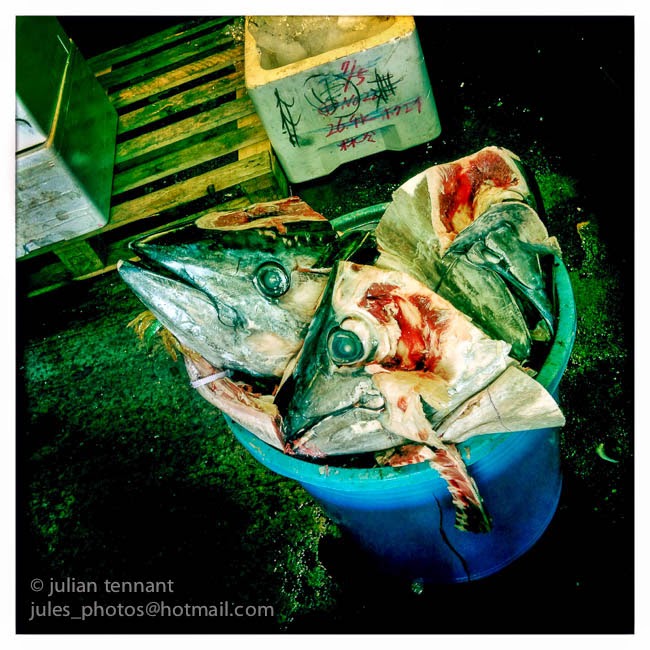In
the days of Polaroid I used to enjoy playing with emulsion lifts and
transfers. So, this is the first in a series of experimental pieces
where I am using an acrylic gel to transfer photographic prints from
their paper base to different surfaces (here it is an aluminium sheet... although one cannot really tell by looking at this photograph)
and then further manipulate the image.
In this case the photograph is of skulls of the victims of the Khmer Rouge in Cambodia, which I took during a recent visit. After transfering the photo to the aluminium plate and carefully removing the photograph's paper substrate, I am starting to investigate how the new surface responds to marks/drawing using pencil and chalk pastel. This is my very first attempt and its early days but I think that eventually I may be able to do something interesting with it. The next phase will be to see how well it responds to using colour, maybe Copic marking pens or a water colour wash. Will keep you posted...
In this case the photograph is of skulls of the victims of the Khmer Rouge in Cambodia, which I took during a recent visit. After transfering the photo to the aluminium plate and carefully removing the photograph's paper substrate, I am starting to investigate how the new surface responds to marks/drawing using pencil and chalk pastel. This is my very first attempt and its early days but I think that eventually I may be able to do something interesting with it. The next phase will be to see how well it responds to using colour, maybe Copic marking pens or a water colour wash. Will keep you posted...



































